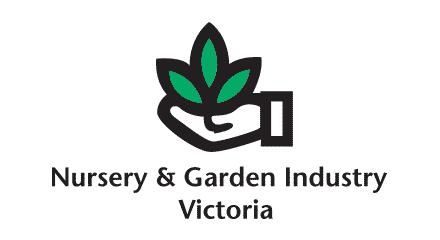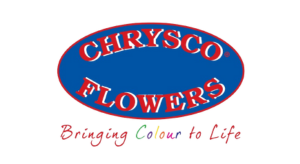Getting to know: Eckersley Garden Architecture

Meet the team behind ‘Eckersley Garden Architecture’:
Josh Cocks, Clare Mackarness, Rupert Baynes-Williams
What makes you so passionate about plants?
RB: Using plants is an artistic expression but with functional consideration. At its highest, landscape design and gardening involves the integration of creativity and science. This combination is what attracted me to the pursuit and continues to engage and challenge me.
CM: An interest in architecture drew me into landscape, which seemed to be of enormous importance to good design. For many of us, plants play a profound role in the creation of beautiful spaces – I can glance out into our office courtyard and feel instantly awakened thorough its movement and form. At a fundamental level, being surrounded by vegetation transports us to an entirely new environment, one in which we can explore, discover and feel enveloped in one of nature’s most spectacular elements – plant life.
JC: My passion for plants and horticulture derives from my childhood where I spent countless hours in the garden with my parents. It may also stem from my experiences in the Australian outback where I spent a lot of time traveling with my family. The ability for plants to shape and change your surroundings is what makes me passionate about them. In my career they are my artistic medium.
What do plants mean to you?
CM: Aside from serving as a reminder of nature’s complexity, plants gently nudge us to consider what environments best serve us. They remind us of the wisdom of the natural world and protect us from being swept away into too much of a material setting. I also believe that plants are a reminder of our inclination to nurture – people love to talk about their desk-plant companions – although perhaps this is just a tool for procrastination!
JC: I don’t see plants as a life form that we look after; they are an entity that endlessly gives to us (food, clean air, relaxation, etc.). They look after us.
How has your lives benefited from gardening?
RB: I believe gardens are spaces for us to discover ourselves, to comprehend the world around us – all without consequence. Gardening gives us time to interpret the things seen or heard in our daily lives all the while igniting a sense of relationship between the natural world and us.
CM: At a fundamental level, gardening is a tangible art form. Working with our hands does something very good to the soul. There is a sense of achievement but also an act of care that fulfills our tendency to cultivate. I make a point of stepping into my garden each morning to water the herbs before work – It’s quite ritualistic. I then walk to work and see a hive of Italian Nonnas doing exactly the same thing, so I must be doing something right.
JC: I guess the nostalgia it conjures becomes a form of meditation at the end of the work day/week. I’m very okay with losing all my spare time just pottering away in the garden, it keeps your mind steady, focused and away from the day-to-day grind.
Have you killed any plants recently?
RB: Yes, I’ve killed a few.
Inevitably gardening involves trial and error and killing plants is part of pushing their boundaries and tolerances. This experimentation keeps the pursuit interesting and assists with the learning process. The key to a good gardener is to learn quickly and not make the same mistake too many times!
CM: Yes – I had some Corsican Mint growing in a pot – I pushed her to her limits, and sadly she perished due to scorch.
JC: Yes, unfortunately… it wasn’t mine either. It was a Maiden Hair Fern that belonged to my friend. Sometimes too much love is a bad thing
Can you provide some tips to planting in small spaces?
RB: When designing with plants my initial consideration is how a given species will fill a space – what volume it takes. Initially I view plants as basic ‘volumes’ which assists greatly when composing a garden scene. People can get too carried away with the exciting stuff like flowers, colours, scent etc often overlooking the importance of ‘form’. This design philosophy is even more important in small spaces where there just isn’t room for the wrong plant.
CM: I would encourage anyone to try and bring height into their small space, It’s one thing to look at a nice cluster of plants, but to feel physically wrapped within a green space is a whole different experience. Run a tension wire overhead and grow a Virginia creeper up it. This introduces a whole new dimension to the space. Growing herbs is another suggestion I would make – in this fast-paced world; it’s nice to feel like we have a tiny part of the universe contained in a little productive corner.
JC: Where I live (rent) in Clifton Hill the landlord has concreted our courtyard wall to wall. There is not an inch of soil… well there wasn’t until I borrowed my neighbours sledge hammer and belted a hole in the concrete just to plant a Boston Ivy against one of the walls. Here’s to not getting my bond back!
The tip is don’t be discouraged by obstacles that small spaces or rentals provide there are plenty of ways around them.
Jason Chongue from The Plant Society (Contributor) for the Melbourne International Flower & Garden Show.






























